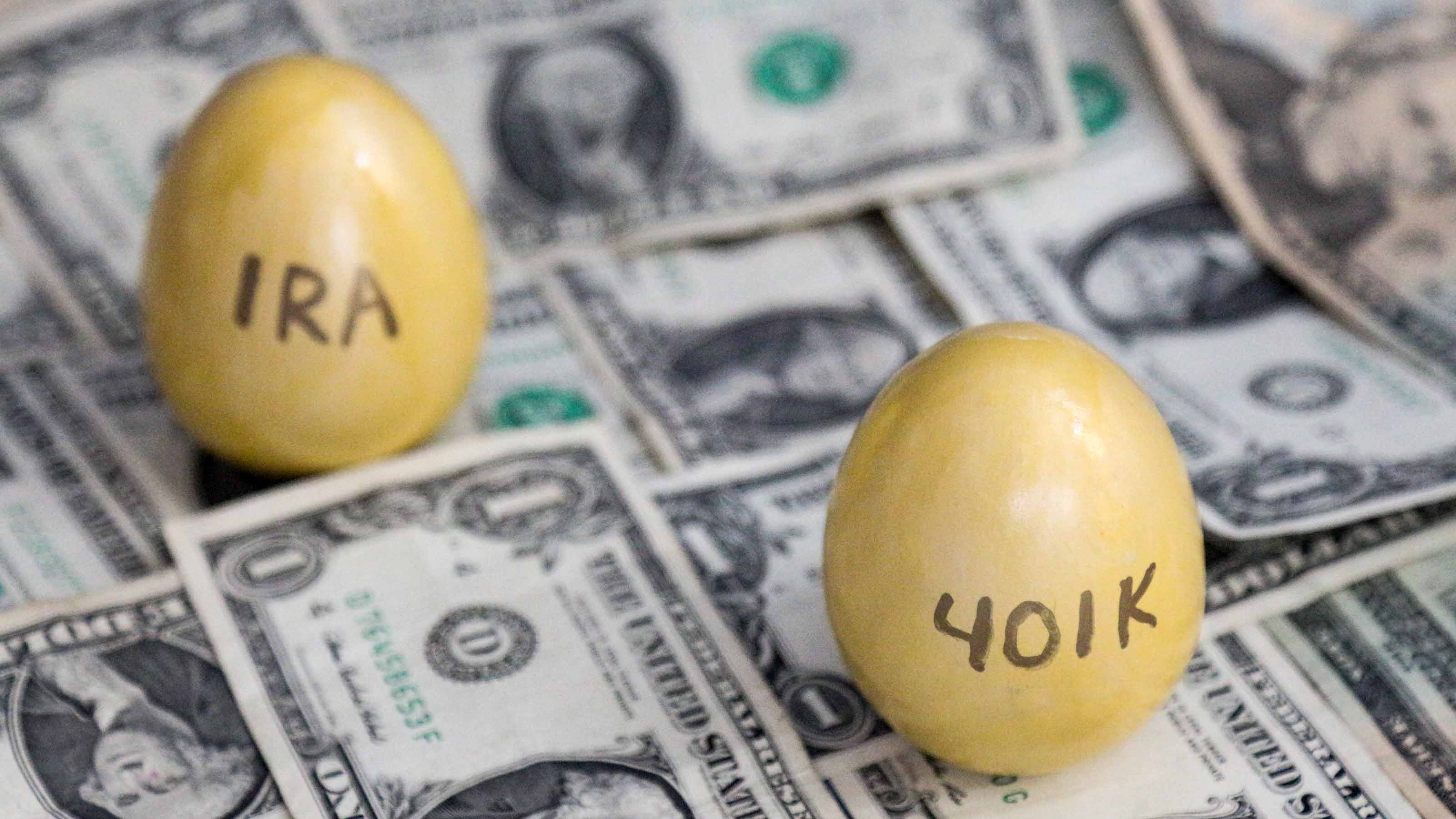How Some Workers Can Double Their Tax-Advantaged Retirement Plan Contributions
Workers who have access to both a 403(b) and a 457 plan can supercharge their savings.


I started a new job at a hospital, and it offers both a 457 plan and a 403(b) plan. Can I contribute the maximum to both, or do I have to pick one or the other?
Like you, many health care workers and public school teachers, as well as other nonprofit and public-sector employees, have access to both a 403(b) and a 457. You should be able to contribute the annual maximum of $18,000 (or $24,000 if you’re 50 or older) to both plans.
Be careful if you switch jobs in the middle of the year and you contributed to a 401(k) or 403(b) with your old employer. The annual $18,000 contribution limit (or $24,000 if you’re 50 or older) applies to both 403(b)s and 401(k)s, so you’ll have to subtract the amount you’ve already contributed from the total when figuring out how much you can contribute to your new employer’s 403(b). But as long as you haven’t contributed to another employer’s 457 in 2016, you’ll be able to max out contributions to the new 457.

Sign up for Kiplinger’s Free E-Newsletters
Profit and prosper with the best of expert advice on investing, taxes, retirement, personal finance and more - straight to your e-mail.
Profit and prosper with the best of expert advice - straight to your e-mail.
As with 401(k) plans, both 403(b) and 457 plans let you save an extra $6,000 a year when you turn 50. And they have special catch-up contribution rules, too: You may be able to make up to double the contribution to a 457 in the three years before the retirement date specified in the plan, if you haven’t contributed the maximum in the past. For more information, see this IRS publication about 457 contributions. Some employees with 15 years of service with their employer also have a special catch-up contribution opportunity for 403(b)s; see the information sheet at 403(b)wise.com for more information.
Get Kiplinger Today newsletter — free
Profit and prosper with the best of Kiplinger's advice on investing, taxes, retirement, personal finance and much more. Delivered daily. Enter your email in the box and click Sign Me Up.

As the "Ask Kim" columnist for Kiplinger's Personal Finance, Lankford receives hundreds of personal finance questions from readers every month. She is the author of Rescue Your Financial Life (McGraw-Hill, 2003), The Insurance Maze: How You Can Save Money on Insurance -- and Still Get the Coverage You Need (Kaplan, 2006), Kiplinger's Ask Kim for Money Smart Solutions (Kaplan, 2007) and The Kiplinger/BBB Personal Finance Guide for Military Families. She is frequently featured as a financial expert on television and radio, including NBC's Today Show, CNN, CNBC and National Public Radio.
-
 Tax Day 2025: Don’t Miss These Freebies, Food Deals and Discounts
Tax Day 2025: Don’t Miss These Freebies, Food Deals and DiscountsTax Day You can score some sweet deals on April 15 in some select restaurants like Burger King, Shake Shack, and more.
By Gabriella Cruz-Martínez
-
 Registered Social Security Analyst: The Retirement Professional You Didn’t Know You Needed
Registered Social Security Analyst: The Retirement Professional You Didn’t Know You NeededThe services of a Registered Social Security Analyst (RSSA) are often overlooked. Yet, for those planning for retirement, nearing or already retired, an RSSA can be an invaluable resource.
By Donna LeValley
-
 457 Plan Contribution Limits for 2025
457 Plan Contribution Limits for 2025Retirement plans There are higher 457 plan contribution limits for state and local government workers in 2025. That's good news for state and local government employees
By Kathryn Pomroy
-
 457 Contribution Limits for 2024
457 Contribution Limits for 2024retirement plans State and local government workers can contribute more to their 457 plans in 2024 than in 2023.
By Jackie Stewart
-
 Catch-Up Contributions to Retirement Accounts Boosted By SECURE Act 2.0
Catch-Up Contributions to Retirement Accounts Boosted By SECURE Act 2.0Americans approaching retirement age can now squirrel away more money in IRAs, 401(k)s, and other retirement accounts.
By Rocky Mengle
-
 Getting Ready for Retirement? We Explain Key Elements and Options
Getting Ready for Retirement? We Explain Key Elements and OptionsRetirement savings are just one component of your financial profile once you hit your golden years.
By Cory Chapman, Investment Adviser Representative
-
 Save More for Retirement in 2023 Thanks to Higher IRA and 401(k) Contribution Limits
Save More for Retirement in 2023 Thanks to Higher IRA and 401(k) Contribution LimitsIf you're saving for retirement, you can contribute a lot more to an IRA, 401(k), or other retirement account in 2023.
By Rocky Mengle
-
 401(k) Contribution Deadline Coming Soon
401(k) Contribution Deadline Coming SoonYear-end is the common deadline for making max 401(k) contributions that can increase your savings for retirement and help lower your tax bill.
By Kelley R. Taylor
-
 IRAs vs. 401(k)s: Exceptions to 10% Penalty for Withdrawals Under Age 59½ Differ
IRAs vs. 401(k)s: Exceptions to 10% Penalty for Withdrawals Under Age 59½ DifferIRAs Before pulling money out of retirement accounts early, check the rules. The exceptions to penalties can differ depending on which type of account you’ve got.
By T. Eric Reich, CIMA®, CFP®, CLU®, ChFC®
-
 IRAs and 401(k)s Are Nice Now, But Will RMDs Hamper Your Retirement?
IRAs and 401(k)s Are Nice Now, But Will RMDs Hamper Your Retirement?Roth IRAs We’ve got four years left until tax rates are set to revert to higher levels, so workers may want to shift their thinking away from 401(k)s and traditional IRAs in favor of Roth accounts.
By Larry Goldstein, Retirement Income Planner